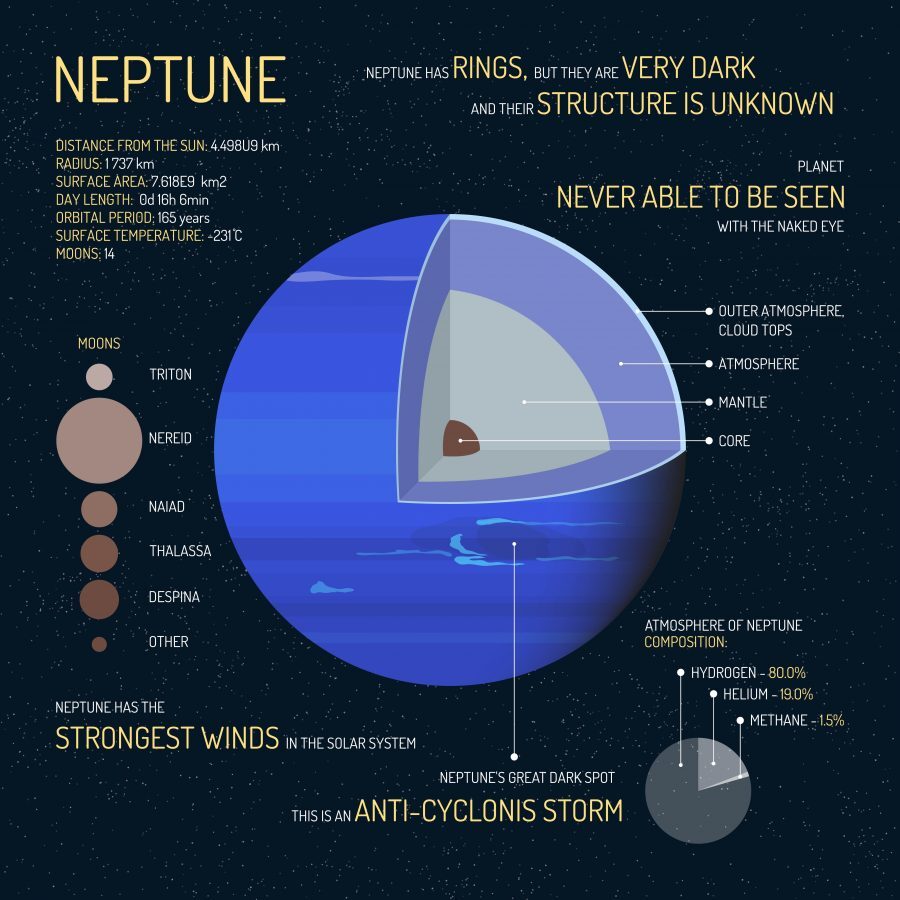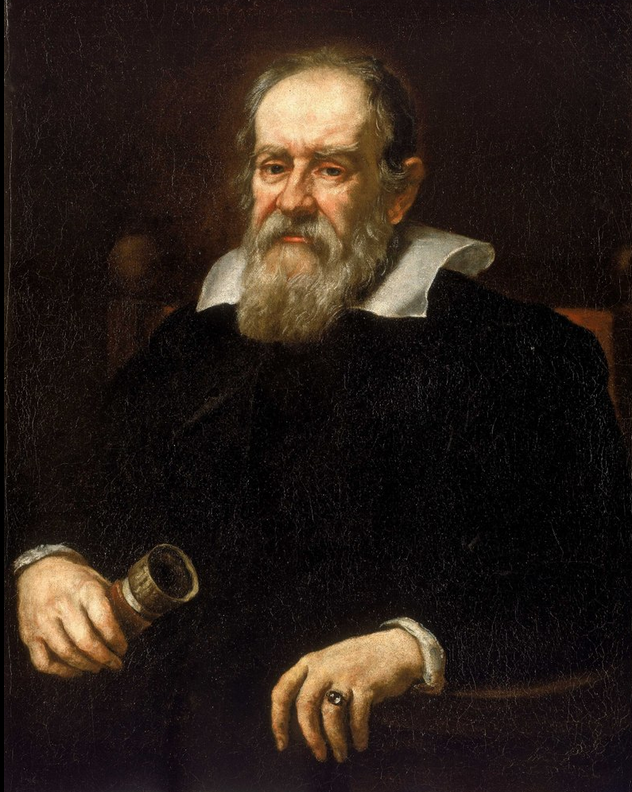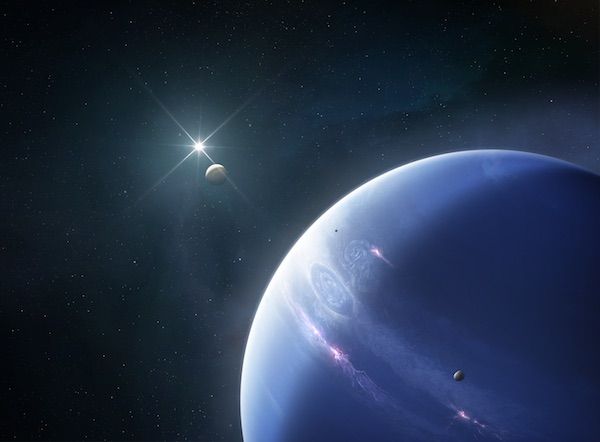

Neptune takes 16 h 6 min 36 s (0.6713 days) to complete a single sidereal rotation, and 164.8 Earth years to complete a single orbit around the Sun.

The planet has a very minor eccentricity of 0.0086, and orbits the Sun at a distance of 29.81 AU ( 4.459 x 10 9 km) at perihelion and 30.33 AU ( 4.537 x 10 9 km) at aphelion.

But with a mass of 1.0243×10 26 kg – which is roughly 17 times that of Earth – it is the third most massive, outranking Uranus. With a mean radius of 24,622 ± 19 km, Neptune is the fourth largest planet in the Solar System and four times as large as Earth. This was largely because it was consistent with the nomenclature of the other planets, all of which were named after deities from Greco-Roman mythology. He also suggested the name Neptune, which was gradually accepted by the international community. However, a re-evaluation by historians in 1998 of the relevant historical documents led to the conclusion that Le Verrier was more directly responsible for the discovery and deserves the greater share of the credit.Ĭlaiming the right of discovery, Le Verrier suggested the planet be named after himself, but this met with stiff resistance outside of France. Eventually, an international consensus emerged that both Le Verrier and Adams jointly deserved credit. The announcement of the discovery was met with controversy, as both Le Verrier and Adams claimed responsibility. Galle confirmed the presence of a planet at the coordinates specified by Le Verrier on September 23rd, 1846. In 1845–46, Urbain Le Verrier, independently of Adams, developed his own calculations, which he shared with Johann Gottfried Galle of the Berlin Observatory. In 1843, English astronomer John Couch Adams began work on the orbit of Uranus using the data he had and produced several different estimates in the following years of the planet’s orbit. Credit: Leibniz-Institute for Astrophysics Potsdam New Berlin Observatory at Linden Street, where Neptune was discovered observationally. Subsequent observations revealed substantial deviations from the tables, which led Bouvard to hypothesize that an unknown body was perturbing Uranus’ orbit through gravitational interaction. However, in both cases, Galileo appeared to have mistaken it for a star.ġ821, French astronomer Alexis Bouvard published astronomical tables for the orbit of Uranus. For instance, Galileo’s drawings from December 28th, 1612, and January 27th, 1613, contained plotted points which are now known to match up with the positions of Neptune on those dates. Neptune’s discovery did not take place until the 19th century, though there are indications that it was observed before long that. Nevertheless, what we’ve come to know about this gas (and ice) giant in that time has taught us much about the outer Solar System and the history of its formation. And given its distance, it has only been observed up close on one occasion – in 1989 by the Voyager 2 spaceprobe. Since the “demotion” of Pluto by the IAU to the status of a dwarf planet – and/or Plutoid and Kuiper Belt Object (KBO) – Neptune is now considered to be the farthest planet in our Solar System.Īs one of the planets that cannot be seen with the naked eye, Neptune was not discovered until relatively recently. Neptune is the eight planet from our Sun, one of the four gas giants, and one of the four outer planets in our Solar System.


 0 kommentar(er)
0 kommentar(er)
